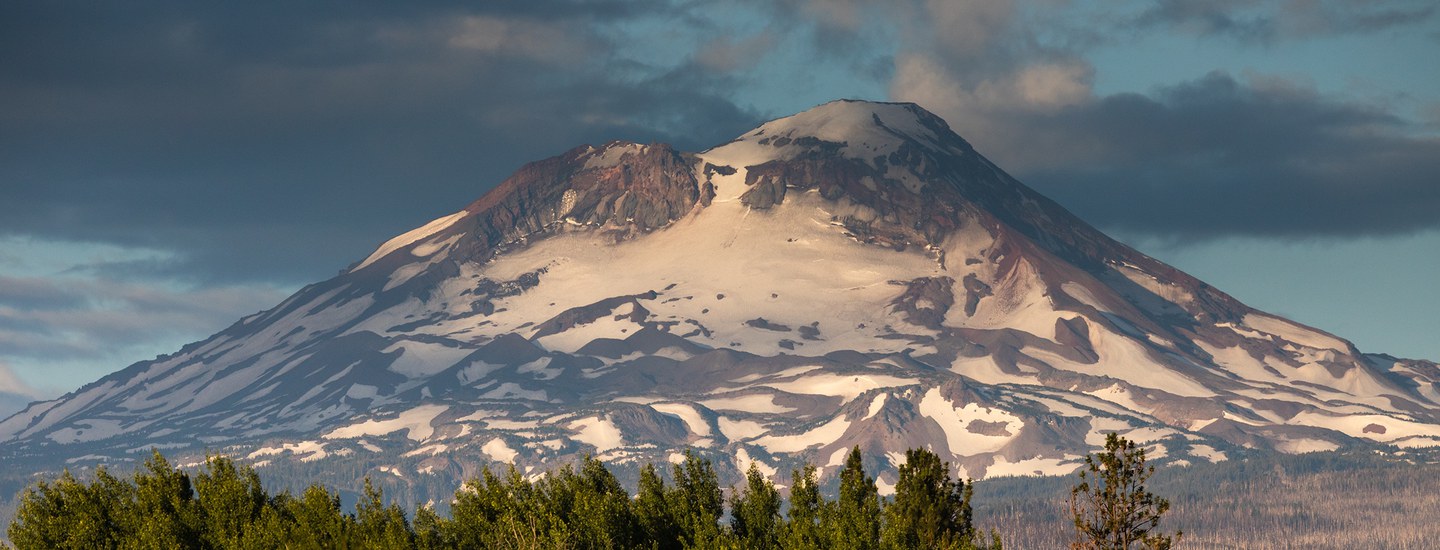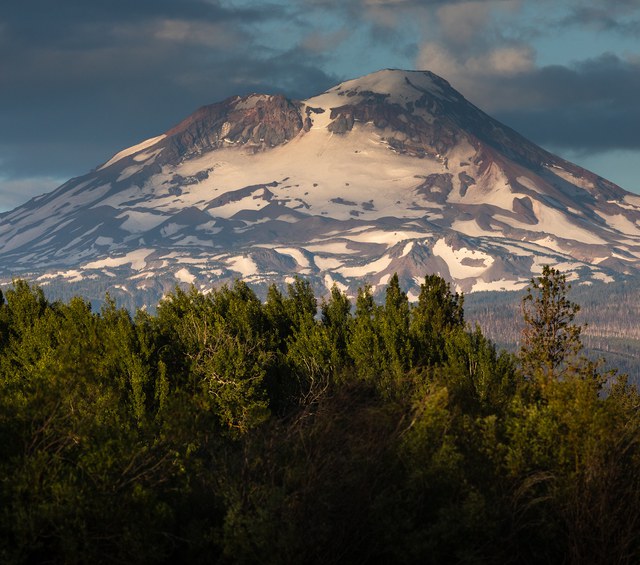They’re small, annoying, and can be found in the Cascade mountains by the thousands! You guessed it, we’re talking about mosquitos!
In the United States, there are more than 200 different species of mosquitoes (yay?). Although you might think all mosquitoes are the same, each species of mosquito lives in specific habitats, exhibits unique behaviors, and even bites different animals!
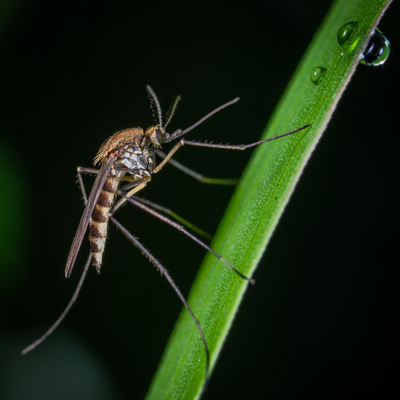
With all of their differences, all mosquitoes share a common life cycle: egg, larva, pupa, and adult. The first stage, the egg, is laid in and hatches in water. After hatching, the mosquito is in its larval stage where it lives and molts in water, surfacing to breathe air. After growing in its larval stage, the mosquito enters its pupa phase. In this stage the mosquito does not feed but prepares to fully emerge as an adult. Finally, after maturing, the adult mosquito emerges and once its body hardens, it begins to fly, feed, and start the cycle all over again. This entire process can take as little as two weeks!
Okay, so big whoop, mosquitoes are good at reproducing quickly. Is that why there are so many buzzing around in the mountains in early summertime? Sort of! Another piece of the presence of these prolific pests is their habitat. Mosquitoes require standing or still water to lay their eggs. This can look like a small puddle on the ground, in a tree stump, ponds, swamps, marshes, and lakes. Mosquitoes also thrive in warm and wet conditions. When we have warmer conditions in early summer and ample snowpack from the winter, this means that the mosquitoes can emerge earlier and find ample water to lay their eggs and reproduce.
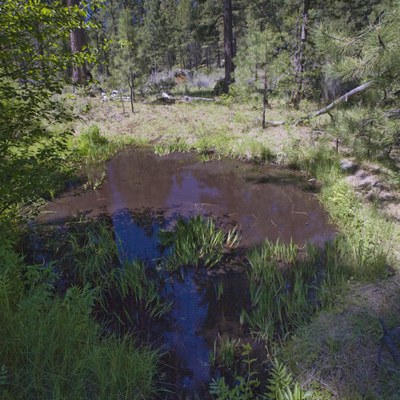
Now I know what you might be thinking because I’ve thought it too—is there anything GOOD about mosquitoes?! This might come as a surprise, but most mosquitoes' primary food source is flower nectar, not blood. Like other pollinators, mosquitoes do help exchange pollen between plants, allowing the plants to form seeds and reproduce! Male mosquitoes only ever feed on nectar from plants and female mosquitoes only seek the blood of mammals when they are readying to lay eggs. Besides being pollinators, mosquitos also serve as a primary food source for animals such as bats, turtles, and even hummingbirds!
Okay, so mosquitos might not actually be that useless to our ecosystems. But you still probably don’t want them around! According to the Center for Disease Control (CDC), some of the safest ways to repel mosquitos is with insect repellent like DEET, Picaridin, or oil of lemon eucalyptus. If you prefer an option that doesn’t go directly on your skin, the CDC recommends wearing loose-fitting clothing which can be treated with an insecticide called permethrin that kills and repels mosquitos.
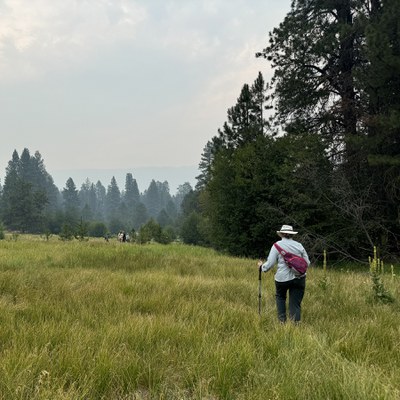
Whether you choose to wait until the mountains dry out or decide to brave the wilderness, ‘skeeters and all, we hope you can enjoy your time outdoors. It might leave you itching for more!
Learn More:
Sources:

